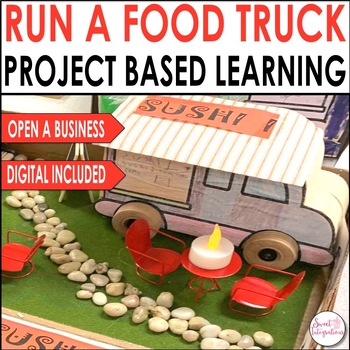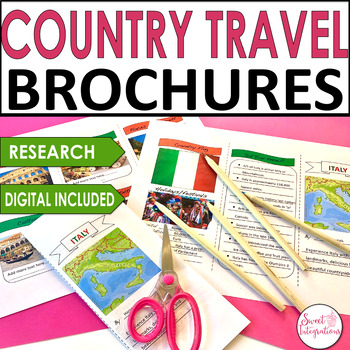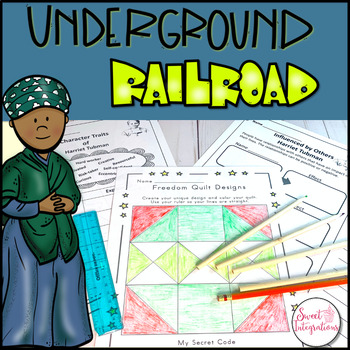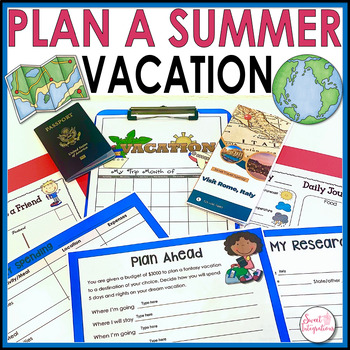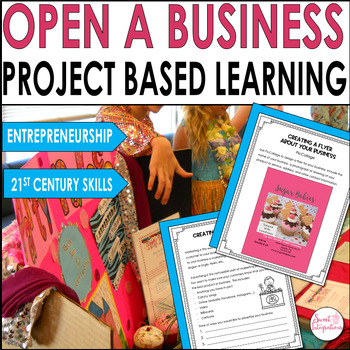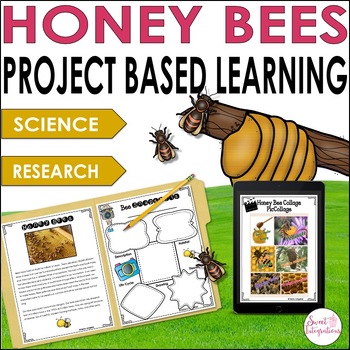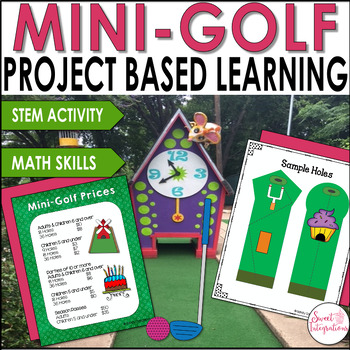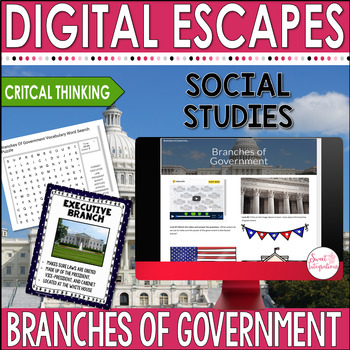fjpg
Bats along with other animals are becoming endangered. They suffer from loss of habitat, disease, and effects of pollution. With Bats Conservation International being located here in Austin, we have an opportunity to learn more about this important creature of the night.
0
People in Austin have a deep affinity for bats. Every evening between the months of March and October, hundreds of people line up along Congress Street Bridge to see the bats fly out for their evening meal.
Bats along with other animals are becoming endangered. They suffer from loss of habitat, disease, and effects of pollution. With Bats Conservation International being located here in Austin, we have an opportunity to learn more about this important creature of the night.






